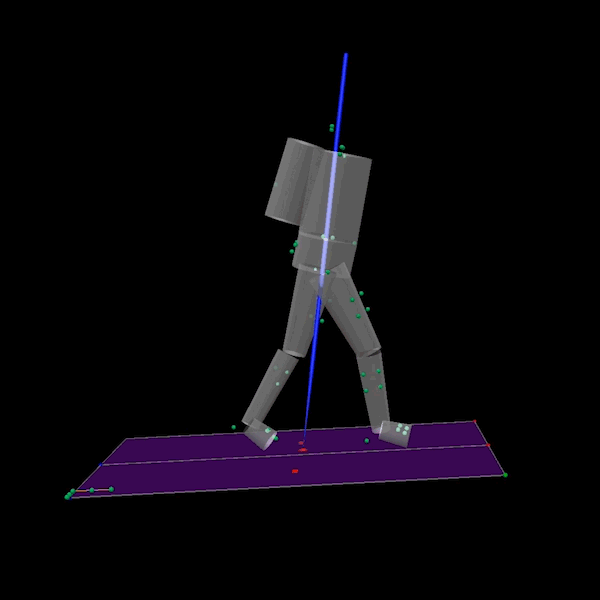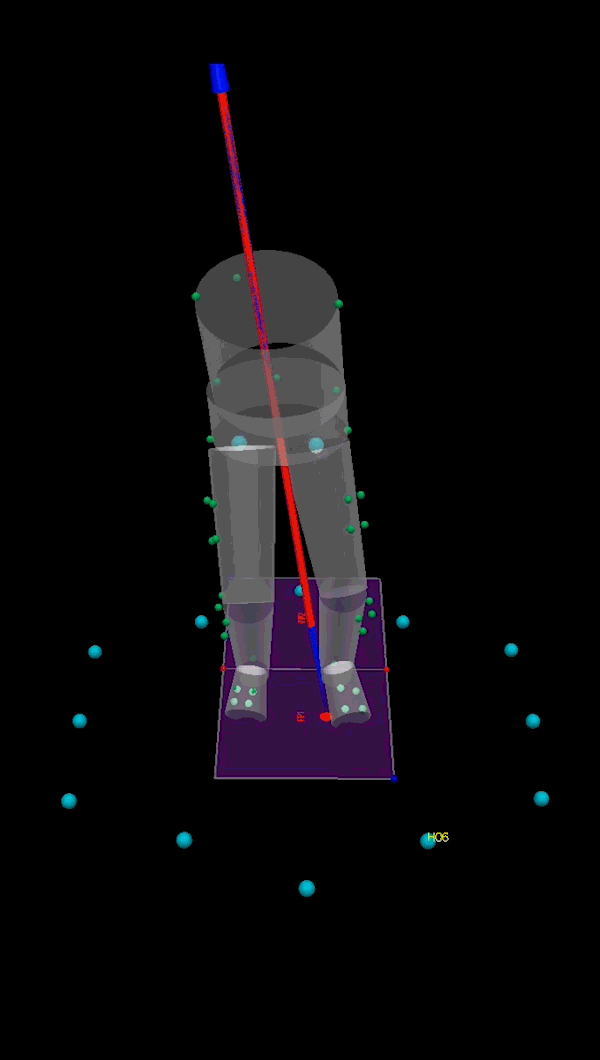Studies show insoles that apply low-level vibration improve nerve function, with potential benefits in wellness and performance for many different types of wearers
(BOSTON) — Imperceptible stimulation applied through vibrating shoe insoles developed at the Wyss Institute for Biologically Inspired Engineering at Harvard University could reduce recreational athletes risk of acute injuries during vigorous walking or hiking, and improve their athletic performance during agility tasks, according to two new studies published in the May 2016 issues of two different journals.
Past studies have shown that the insoles improve balance in young and elderly participants, as well as reduce irregular gait in the elderly, which are factors directly related to the risk of falling. The insoles have also shown improved balance in people with stroke- or diabetes-related nerve damage. Now, newly published data in Medicine & Science in Sports & Exercise suggests that the same vibrating insole technology may prevent injuries from falls or missteps in recreational athletes. This result could be especially beneficial for hiking enthusiasts or soldiers of any age who traverse long distances over difficult terrain while carrying heavy gear. Specifically, wearing the insoles increased how far apart the participants placed their feet with each step, allowing them greater adaptive control over their stability in response to fatigue.
“We are entering a new era where we are seeing the positive effects that wearable devices can have on improving gait for both healthy people and those with physical impairment,” said Wyss Core Faculty member Conor Walsh, Ph.D., senior author on the fatigued walking study, who is also the John L. Loeb Professor of Engineering and Applied Sciences at the Harvard John A. Paulson School of Engineering and Applied Sciences.

Additional data reported in the Journal of Biomechanics shows that when study participants were asked to complete a hexagonal jump task, a routine test used by coaches and athletic trainers to measure agility, wearing the vibrating insoles resulted in more rapid completion of the task by more than a tenth of a second. This increase in speed can represent up to a 10-20 percentile ranking difference in NCAA Division I athletes.
“Both studies further validate our initial hypothesis that a mechanically stimulating ‘wearable’ device, such as vibrating insoles, can positively impact wellness and performance benefits for many activities,” said corresponding author of the two studies Daniel Miranda, Ph.D., who is a Wyss Institute Technology Development Fellow.
The Wyss Institutes vibrating insoles are built on the principle of stochastic resonance (SR), which is the use of imperceptible mechanical “noise” or random vibrations applied to improve sensory detection. This emerged from previous work of Wyss Core Faculty member James Collins, Ph.D., who first pioneered the use of SR to improve human sensory function and balance control.
Within the insoles, small piezoelectric actuators deliver imperceptible mechanical vibrations to the feet, enhancing nerve sensory performance — which in turn improves ones balance, gait control, and sense of the spatial position and movement of different parts of the body.
“This work extends on our previous collaborative efforts to broaden the applicability of the insole technology to recreational athletes with intact, and even high performing, neuromuscular systems,” said Collins, who is also the Termeer Professor of Medical Engineering & Science and Professor of Biological Engineering at the Massachusetts Institute of Technology (MIT). “Potential future applications could also include rehabilitation for individuals suffering from localized injuries or nerve damage related to stroke and other central nervous system issues.”
The insoles have already been licensed for such applications. Starting from rudimentary, stationary, tethered devices that emitted vibrations to standing participants only, the Wyss Institute team de-risked and optimized the technology over the course of several years, and designed a sleek insole with embedded onboard actuators, smart phone control, and wireless charging capabilities.
“The finished product looks like something you could find on a shelf at a sporting goods store,” said Miranda. “The design engineering that was done to bring these insoles towards a real-world product was uniquely possible at the Wyss — the different device iterations along the way were direct results of a feedback loop between our research scientists and engineers, and our clinical collaborators.”
“Its extremely rewarding to see a technology like this move through our translation pipeline and emerge as a wearable primed for markets in which it makes a difference in peoples lives preventing falls or improving athletic performance,” said Wyss Institute Founding Director Donald Ingber, M.D., Ph.D., who is also the Judah Folkman Professor of Vascular Biology at Harvard Medical School and the Vascular Biology Program at Boston Childrens Hospital, as well as Professor of Bioengineering at the Harvard John A. Paulson School of Engineering and Applied Sciences.

In addition to Miranda and Walsh, other contributing authors to the studies included:
“Sensory enhancing insoles modify gait during inclined treadmill walking with load” (Medicine & Science in Sports & Exercise): Wen-Hao Hsu, Ph.D., Postdoctoral Researcher at Wyss Institute; Kelsey Petersen, Ph.D., Biomedical/Mechanical Engineer at Wyss Institute; Stacey Fitzgibbons, Staff Mechanical Engineer at Wyss Institute; and Nicholas Lesniewski-Laas, Staff Electrical Engineer at Wyss Institute. This study was funded by the Defense Advanced Research Projects Agency Warrior Web Program and the Wyss Institute for Biologically Inspired Engineering at Harvard University.
“Sensory enhancing insoles improve athletic performance during a hexagonal agility task” (Journal of Biomechanics): Wen-Hao Hsu, Ph.D., Postdoctoral Researcher at Wyss Institute; Denise C. Gravelle, M.S., Biomechanics Motion Capture Lab Manager at Wyss Institute; Kelsey Petersen, Ph.D., Biomedical/Mechanical Engineer at Wyss Institute; Rachael Ryzman, Research Coordinator at Wyss Institute; and Nicholas Lesniewski-Laas, Staff Electrical Engineer at Wyss Institute (senior author). This study was funded by the Wyss Institute for Biologically Inspired Engineering.
